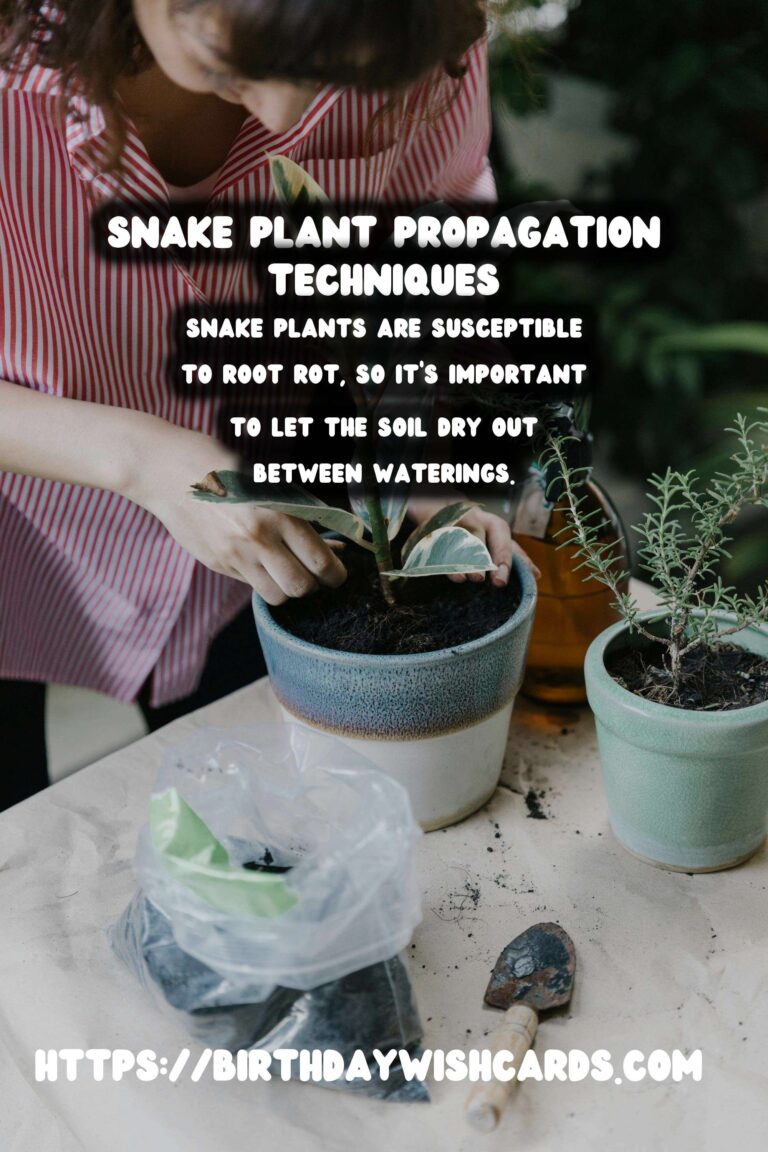
Snake plants, scientifically known as Sansevieria, are popular houseplants known for their hardiness and striking appearance. They are a great choice for both novice and experienced gardeners. One of the most rewarding aspects of owning a snake plant is the ability to propagate it, especially in soil, to expand your collection or share with friends.
Understanding Snake Plants
Before diving into propagation, it’s important to understand what makes snake plants unique. Native to West Africa, these plants are well-adapted to survive in harsh conditions. Their tall, sword-like leaves are not only aesthetically pleasing but also drought-tolerant.
Benefits of Soil Propagation
Propagation in soil is a preferred method for many plant enthusiasts because it mimics the natural growing conditions of snake plants. Soil propagation allows the roots to develop a strong foundation, which can lead to healthier and more robust plants compared to other methods.
Preparing for Propagation
To propagate snake plants in soil, you need a few essential materials: a healthy mother plant, a sharp knife or scissors, a pot with drainage holes, and well-draining potting mix. Choose a healthy leaf from your snake plant, ensuring it’s free from any damage or disease.
Step-by-Step Guide to Soil Propagation
1. Cut the Leaf: Using a sharp, sterilized knife or scissors, cut a leaf from the mother plant near the base. It’s best to cut the leaf into sections of about 3-4 inches.
2. Prepare the Soil: Fill a pot with a well-draining potting mix. You can add sand or perlite to improve drainage if needed.
3. Plant the Cuttings: Place each leaf cutting upright in the soil, burying about an inch of the leaf. Ensure the pot is big enough to accommodate all cuttings without crowding.
4. Water Sparingly: Water the cuttings lightly, being careful not to overwater. Snake plants are susceptible to root rot, so it’s important to let the soil dry out between waterings.
Caring for Your New Snake Plants
Once planted, place your pot in a bright location, but avoid direct sunlight which can scorch the leaves. Maintain a consistent temperature and humidity level to encourage root growth. It may take several weeks before you see new growth, so patience is key.
Common Propagation Challenges
While snake plants are relatively easy to propagate, there are a few challenges to be aware of. Root rot is a common issue, often caused by overwatering. Ensure your pot and soil provide adequate drainage. Additionally, if leaf cuttings start to rot, remove them immediately to prevent spreading.
Conclusion
Propagating snake plants in soil is a fulfilling process that allows you to expand your collection and enjoy the beauty of these resilient plants. By following the steps outlined above, you can ensure successful propagation and enjoy the rewards of your efforts.
Snake plants, scientifically known as Sansevieria, are popular houseplants known for their hardiness and striking appearance. Propagation in soil allows the roots to develop a strong foundation, leading to healthier plants. Using a sharp, sterilized knife or scissors, cut a leaf from the mother plant near the base. Snake plants are susceptible to root rot, so it’s important to let the soil dry out between waterings. Patience is key as it may take several weeks before you see new growth. 









#SnakePlants #Propagation #Gardening #Houseplants #SoilPropagation




